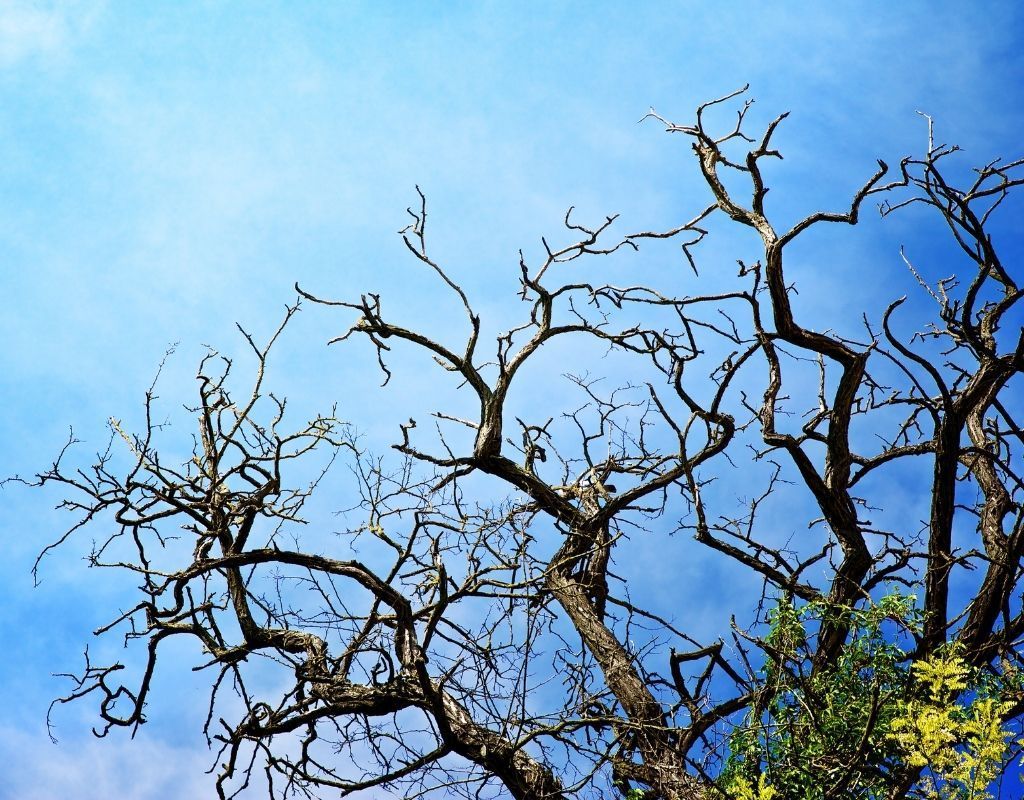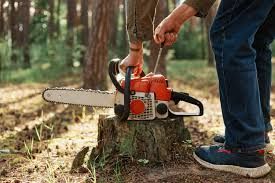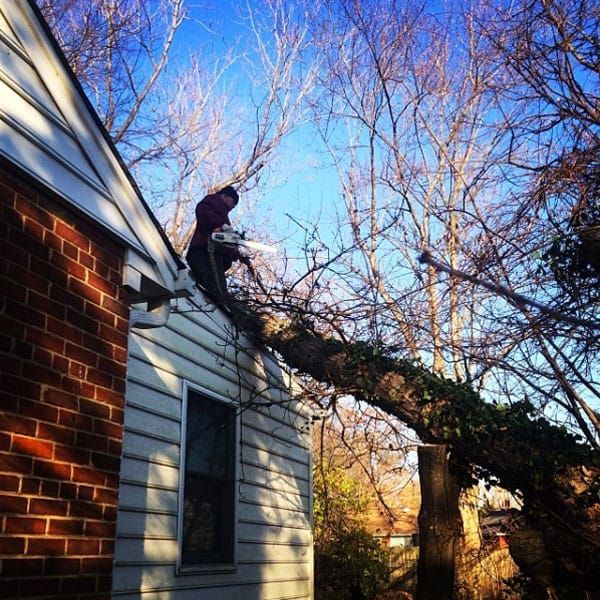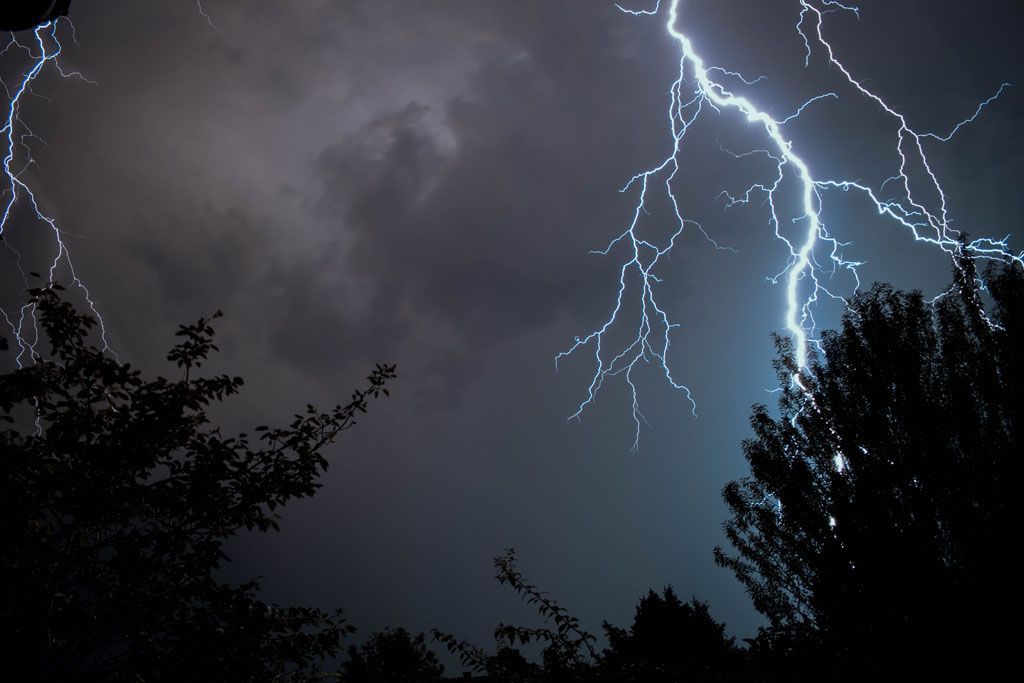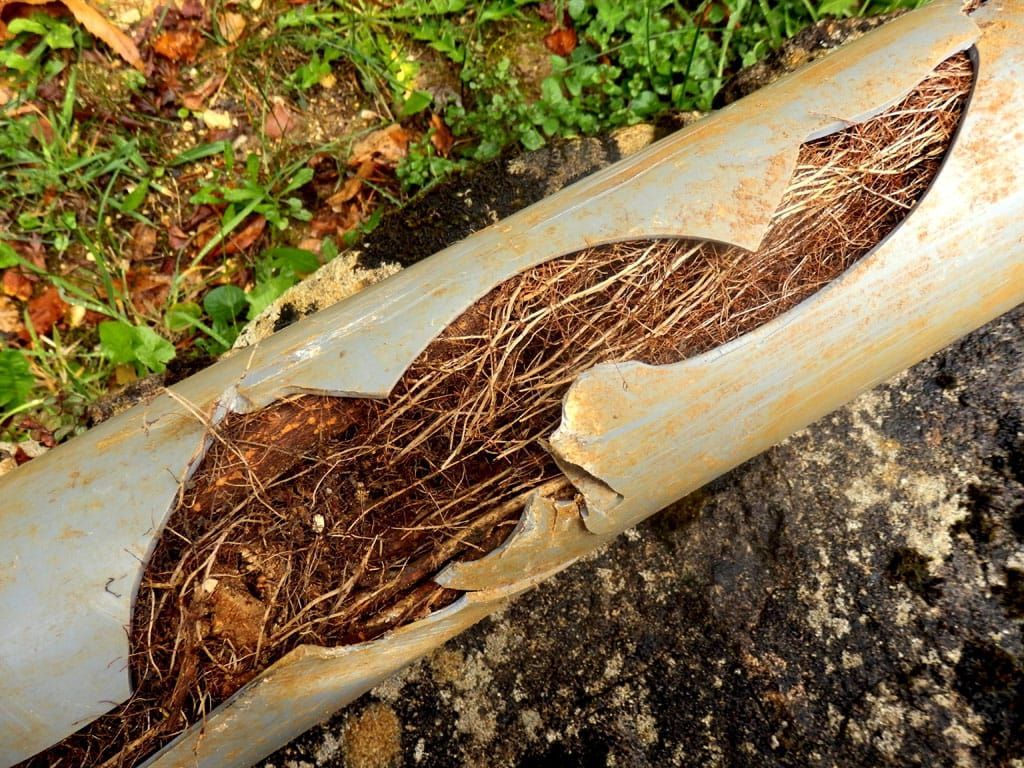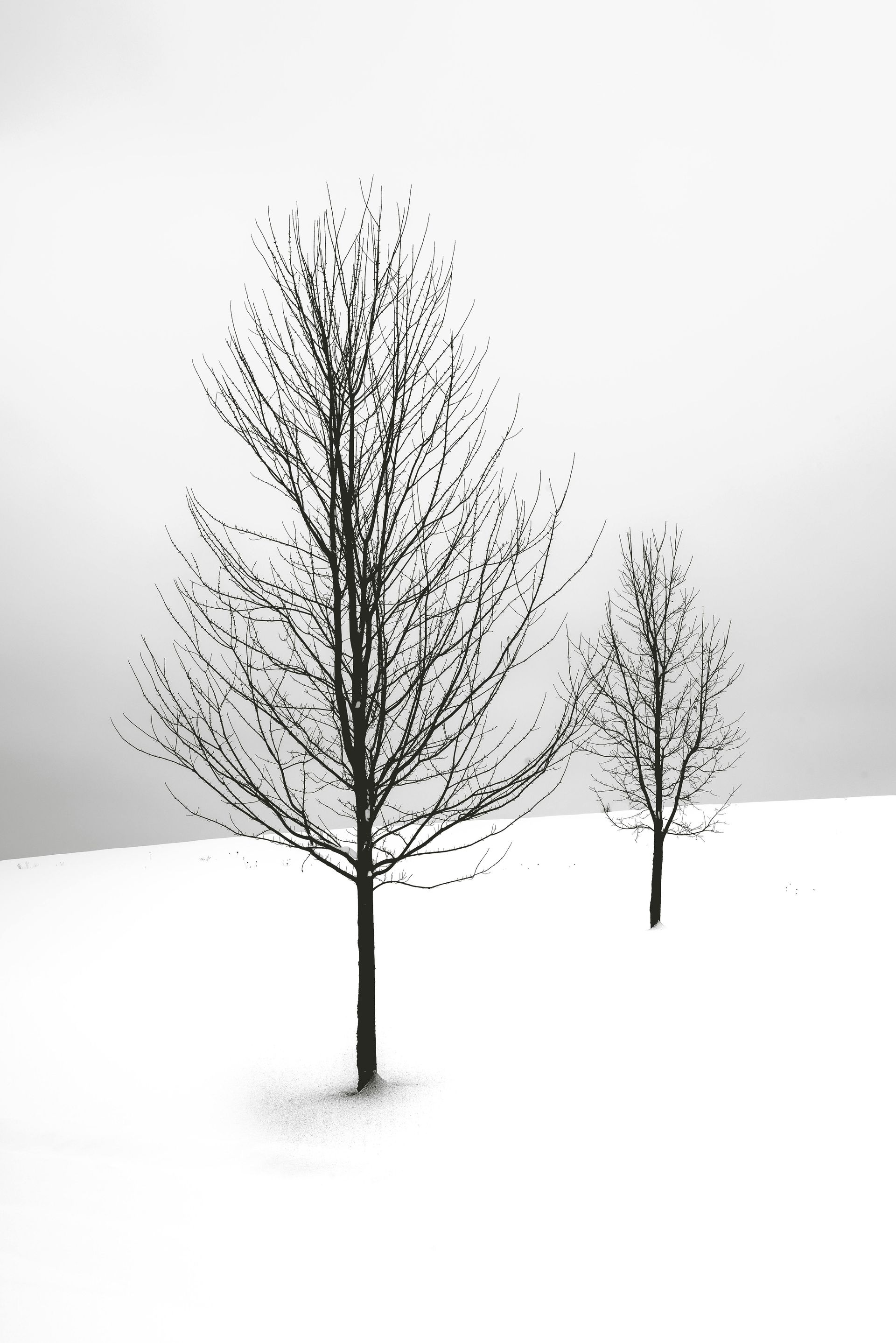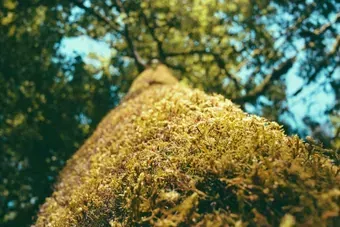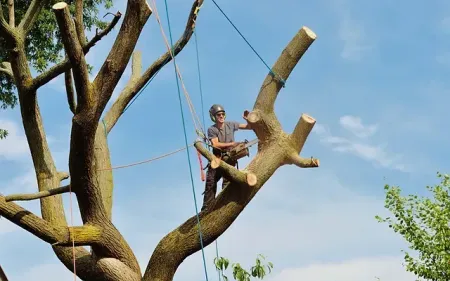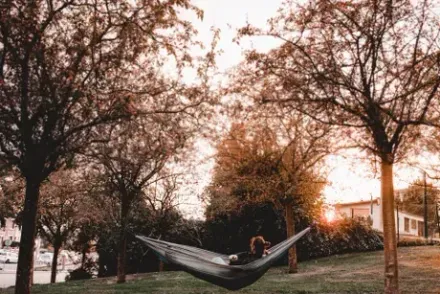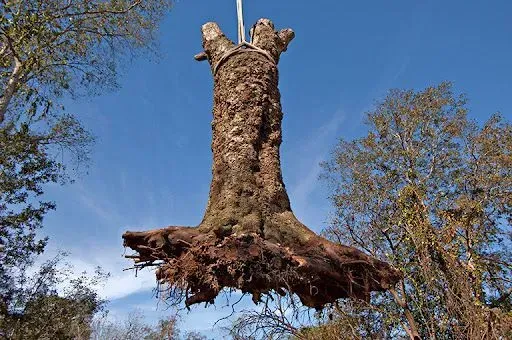Kelowna Tree Masters
We specialize in all aspects of Tree work & are dedicated to giving you fast, friendly and reliable service.
Tree Care and Maintenance
If you found yourself searching arborist Kelowna you're in the right place Keeping your trees and shrubs looking their best and keeping up your exciting new backyard appearance every month of the year is what makes Kelowna Tree Masters unique.
We are a proud tree care company offering both residential and commercial tree services careful consideration is paid to making sure that every aspect of your property is both attractive and flourishing. We treat your property as if it were our own, and take pride in looking after it with the same attention to detail that we would pay to our own.
Tree and shrub care is a long-standing skill that we have acquired over decades of experience. We always choose detail over speed when performing your tree services. We like to ensure that all customers have attractive yards that will impress them long after we've completed our job.
If you are looking for a reliable and professional tree service in Kelowna, BC you can't go wrong with KTM. For over 20 years, we have been providing residents with quality tree care services at affordable prices.
We specialize in all aspects of tree care, from tree trimming and pruning to tree removal and tree stump grinding. We also offer a variety of other services, such as crane services, land clearing, debris removal and much more. Call today for a free estimate.
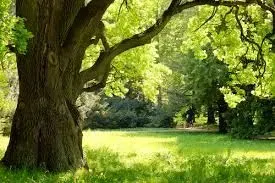
Get Instant Quote
Contact Us
Tree Trimming Kelowna
No matter the tree species, tree trimming and pruning is an important component of tree care and a vital tree service. It helps maintain the well-being and appearance of trees by removing dead or damaged branches. This allows for better air circulation and prevents unhealthy branches from forming. Tree trimming is a necessary part of tree maintenance. By eliminating diseased or damaged branches, it keeps the trees healthy and helps to promote healthy and beautiful trees.
Tree trimming, tree topping, and tree pruning also prevents limbs from breaking in harsh weather. Look at the trunk and arms and determine whether they're strong. If you could use a trusted tree expert to take care of your trees, give us a call or fill out this form and we will be happy to have one of our certified arborists give you a recommendation on how to take care of your trees. This should be done by a professional arborist, as improper trimming can damage or even kill a tree.
Or for those who want to trim their trees themselves, there are several options available. The most popular is the chainsaw, which cuts through the entire tree in a matter of seconds. This is usually used on small trees and saplings, and should only be used when they are rotted or diseased. It is important to remember however, to not trim too much off a young tree, as it may not be able to support itself properly in the future. The most popular method for DIY tree trimming though, is the pruning saw because of its ability to provide you with cheap tree removal. It has a long handle and sharp blades that cut through branches with ease. It is important to trim a tree at the right time of year and to use the right tools. You should do your tree trimming at a time of year when it will not be damaged by wind and cold temperatures.

Tree Removal Services
The process of removing trees is a hazardous and difficult procedure that requires careful and advanced planning and consideration. There are several factors you will want to take into consideration before removing a tree, including its location, size, and type of tree. It is extremely easy for tree removal to result in significant property damage or even injury if the proper measures aren't taken. If your goal is to have the trees on your property cut down by certified experts, contact us today.
Trees can either be removed for a particular reason or merely for aesthetic purposes. Safety concerns, damage to property, or a desire for more sunlight and space might all be responsible for why you searched 'tree removal near me'. Before hiring a company to remove a tree, it is important to ask the right questions. What type of equipment do they have? Is the crew experienced in removing trees? Do they have any questions about the tree removal process? The best tree removal companies will be able to answer these questions and much more. When you are looking for a company, ask for references and call them up to see how their experience with their certified arborist went. We are happy to provide any references that you require so that we can show you that we really have the best tree removal services in Kelowna
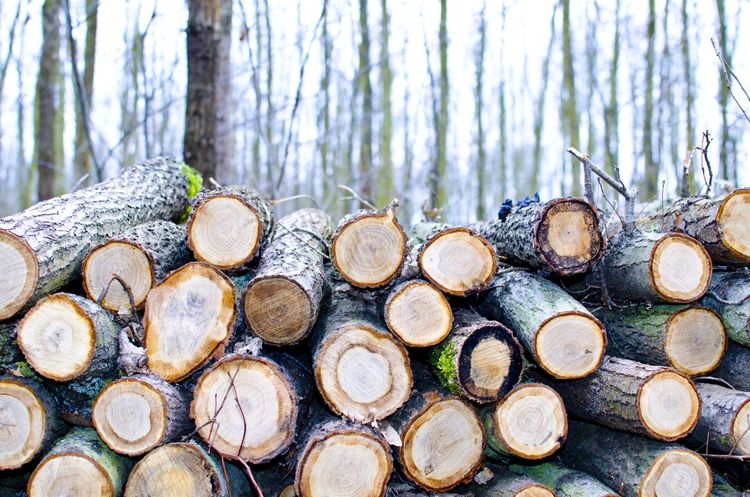
Mulching Service
Just like tree pruning and trimming mulching is a very important tree service consider it as a supplement for your garden. It provides nutrients for your plants and trees while keeping weeds at bay. We can transform tree waste into rich, organic mulch for your yard. It's a fantastic way to naturally enhance the health and beauty of your garden. With our mulching services, we help close the circle of life, turning waste into growth nutrients for healthy trees.
Tree Fertilization
A tree service for growth, trees need nourishment to grow strong and healthy. Our tree fertilization services enrich your trees, helping them ward off diseases and grow tall and sturdy. We use all-natural, nutrient-packed fertilizers that the local trees adore.
The outcome? Healthier trees, more vibrant colors, and a more attractive Kelowna.
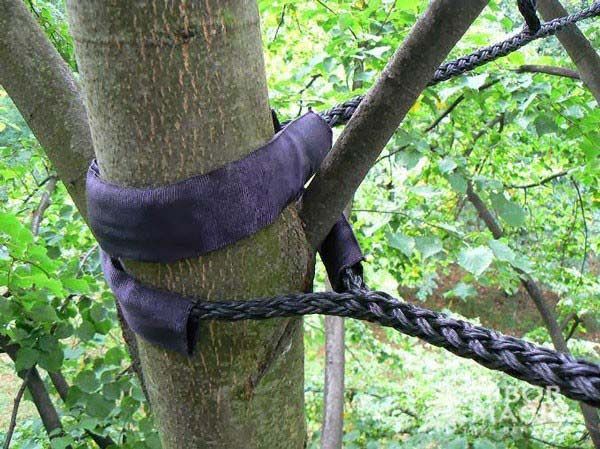
Tree Cabling & Bracing
Like us, trees can sometimes need a little help. This tree service, usually called cabling or bracing depending on the state of the tree, can provide the necessary support to weak branches, preventing them from breaking. It safeguards your property and the tree's well-being. We use modern techniques to strengthen and safeguard your trees. By protecting your trees, we're safeguarding your property and your peace of mind. If you have cables or braces in your tree, be sure to have a certified arborist inspect it closely every year. A cabling or bracing failure can cause extensive damage but is entirely preventable. Bracing involves installing a long threaded rod through several branches or stems where they're weak and likely to split. The rod helps to limits the degree of twisting that can happen during violent weather. Our arborists use only approved materials and techniques that conform to all professional industry standards.
Stump Removal and Stump Grinding
When your searching for an arborist Kelowna Stump removal may be on the list of things your looking for and is often necessary after a tree has been cut down. There are a few different ways to remove a stump, and the most effective option depends on the size and condition of the stump. If the stump is small and in good condition, it may be possible to remove it with a chainsaw or other hand tools. If the stump is large, or in poor condition, we might have to use an excavator to finish the job.
Stump grinding is the process of using a machine to grind the stump down into small pieces. The machine has a rotating wheel with sharp teeth that can chip away at the stump, making it smaller and smaller until it is level with the ground. This process leaves behind small wood chips that can be used for mulch or easily removed from the site.
You may need to have the stump removed for a variety of reasons. It could be causing damage to the roots of your other trees. Or it could simply be a safety hazard. It could be a fire hazard. Maybe you're just tired of it and want to go ahead and have it removed. No matter what the reason, our tree care specialists can create a customized game plan on how we can go about removing it and maybe even grinding the stump for mulch around your home.
There are also many ways to remove a stump by yourself as well. The most common is to use a chainsaw. The first step is to measure the height and width of the stump. Then, you will need to purchase a chainsaw that is powerful enough to cut through the stump. The next step is to mark the outline of the stump with spray paint. Be sure to avoid any underground cables or wires.
Emergency Tree Removal
Emergency tree services in Kelowna. There are times when tree removal is immediately necessary, especially after a storm branches snap off, trees split apart, roots pull out of waterlogged soil, and trees topple over onto homes and cars. When a tree has been damaged and needs emergency removal or pruning, it often requires immediate action to prevent any further damage. When this happens, quick action is essential. Our emergency tree removal services are ready to help. We move fast to assess the situation and remove any hazardous trees. We aim to prevent damage and ensure your safety. When tree emergencies occur, you can rely on us to get there and perform the tree removal ASAP.
Tree Care Consolations
Trees can fall ill. When they do, they need a specialist, like we do. Our tree care consolations are like a health clinic for your trees. We can diagnose and treat tree diseases. This helps your trees in living longer, healthier lives. Consider us as your private tree physicians. We're always ready to help your trees regain their health, to give new meaning to the term arborist Kelowna.
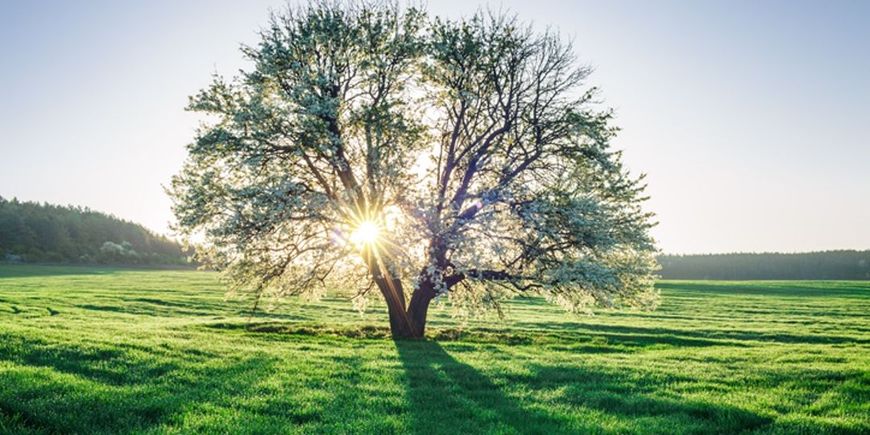
Is my tree dying?
Our professional arborists can determine the health of the trees on your property. It takes a professional to inspect the tree to be sure. Trees that appear to be dying may actually only need some TLC; trees that appear to be healthy may actually be in danger of coming down. Our arborists know what to look for.
What makes trees dangerous?
Trees that have structure defects that are unstable, or that have dangling or damaged branches are among the most dangerous trees. A large tree is not dangerous in and of itself-unless it poses a potential hazard due to damage, disease, injury, or instability. Trees may exhibit structural problems at the base or in the upper canopy, so a full inspection is necessary to truly gauge the potential risks your home or yard are exposed to. Our arborists are experts in identifying trees that pose a danger.
What's the difference between stump removal and stump grinding?
The best option for you will depend on what you would like to do with the area where the tree was.
If you want to plant another tree in the area, we recommend removing the stump (rather than grinding it). This will remove more of the root system from the old tree to make room for the new tree to grow. We do not do stump removal.
Stump grinding will allow you to plant grass and small plants in the area but does not remove as much of the old root system. As a result, we don't recommend planting a new tree in the same spot.
Do we spray trees with pesticides for insects?
No, we don’t believe in the use of pesticides to control insects in most cases. We feel that if your tree is healthy it can withstand an attack from common insects. We recommend maintaining your tree with regular pruning and fertilizing to keep it strong and healthy. However, in some cases the use of pesticides are necessary, and we can recommend a reputable tree service for you to contact.
Do you top trees?
Topping is no longer a recommended pruning method to cut a tree down in height, and is bad for many reasons. For one, it removes so much of the crown that it upsets an older tree’s well-developed crown-to-root ratio and temporarily cuts off its food-making ability also the large stub of a topped tree has a difficult time sealing, which makes it highly vulnerable to insect invasion and decay. Your estimator can discuss other methods of pruning to maintain a certain height, and to try to repair trees that have been damaged by topping.
When is the best time to prune a tree?
There are different times to prune different trees, for example, most flowering trees should be pruned after they bloom, and Maples can be pruned most times of the year. It is best to discuss pruning with the estimator because every tree is unique in its placement on your property and it’s condition.
How often should I fertilize my trees?
We recommend you deep-root fertilize your trees every 2 to 3 years. However, trees that are not in good health may need to be fertilized more frequently. To get more information on tree care, please contact us.
What is a Certified Arborist and why should I hire one?
An Arborist is a specially trained professional who deals with the art and science of planting, caring, maintaining, and diagnosing trees, shrubberies, and other woody plant life. As professional arborists, we have a minimum of three years experience in some aspect of tree care and have passed an exam developed by an international panel of experts. The exam extensively covers every aspect of tree care and requires that we have an acceptable level of knowledge in all areas of arboriculture to properly and effectively manage the growth and development of trees.
